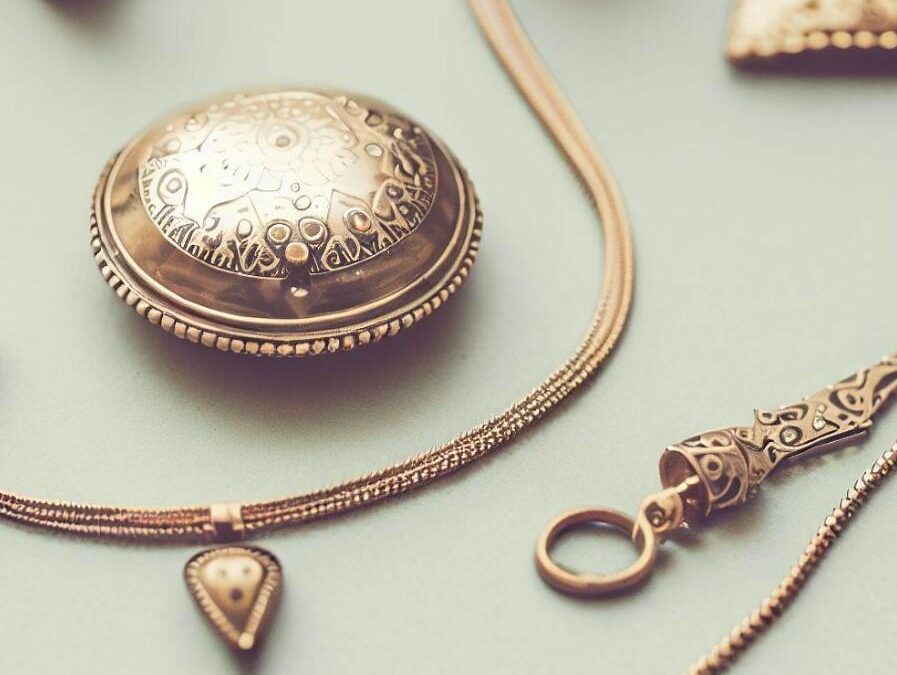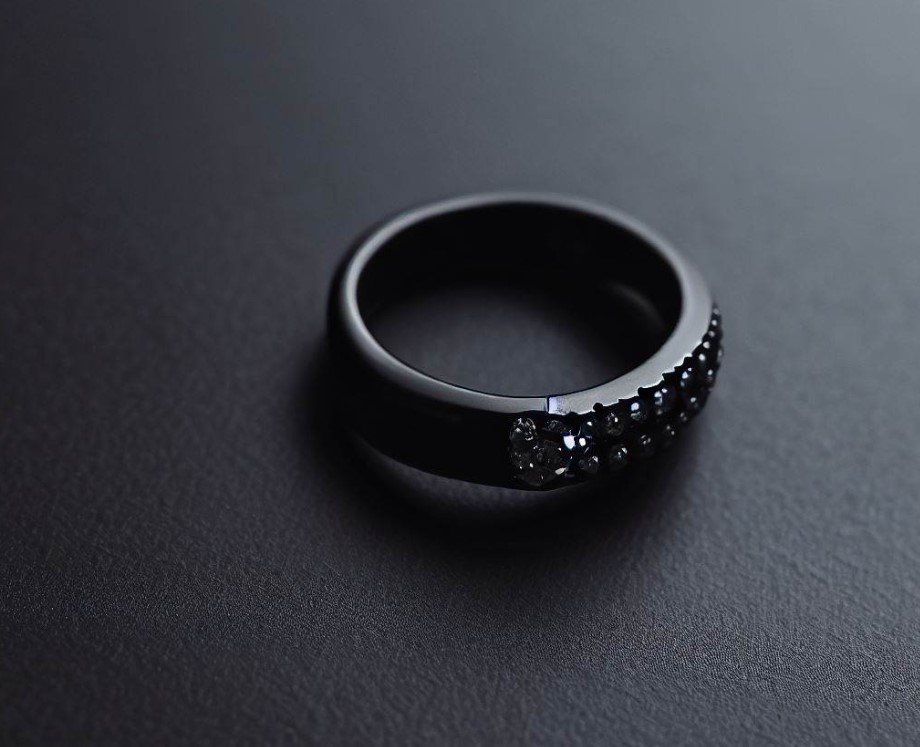Gold jewelry has long symbolized wealth, power, and beauty. From ancient civilizations to modern times, this precious metal has captivated people worldwide with its lustrous allure. The history of gold jewelry is a fascinating journey through time, revealing this timeless treasure’s cultural, artistic, and economic significance.
The Ancient Origins of Gold Jewelry
Gold jewelry has a rich and captivating history that dates back thousands of years. The allure of gold can be traced as far back as ancient civilizations, where it held a unique significance and was considered a symbol of power, wealth, and prestige.
The first evidence of gold being used for jewelry can be found in ancient Mesopotamia, around 2600 BC. The Sumerians, who inhabited this region, used gold to create elaborate necklaces, bracelets, and earrings. These early forms of gold jewelry were often adorned with precious stones, such as lapis lazuli and carnelian, which added to their beauty and value.
Gold jewelry was also prominent in ancient Egypt, where both men and women wore it. The Egyptians believed that gold was the flesh of the gods, often used in elaborate burial rituals to ensure a prosperous afterlife. The iconic Tutankhamun’s burial mask is a prime example of the stunning gold craftsmanship of this era.
In ancient Greece, gold jewelry became a status symbol for the wealthy and powerful. The Greeks were known for their sophisticated goldsmithing techniques, which allowed them to create intricate designs and delicate details. Gold wreaths, bracelets, and rings were popular forms of jewelry, often adorned with precious gemstones or intricate engravings.
The Etruscans, an ancient civilization in Italy, also embraced the beauty of gold jewelry. They were skilled goldsmiths known for their fine craftsmanship and elaborate designs. Etruscan gold jewelry often featured intricate patterns and motifs inspired by nature, such as animals, flowers, and leaves.
Gold jewelry continued to evolve throughout history, with different cultures and periods leaving their unique mark on goldsmithing. From the Roman Empire to the Byzantine era and the Renaissance, gold jewelry has remained a timeless symbol of beauty and luxury.
Examples of Ancient Gold Jewelry
| Civilization | Example | Period |
|---|---|---|
| Sumerians | Elaborate gold necklace | Around 2600 BC |
| Egyptians | Tutankhamun’s burial mask | Around 1323 BC |
| Greeks | Gold wreath | 5th century BC |
| Etruscans | Gold bracelet with animal motifs | 6th century BC |
During the Middle Ages, gold jewelry continued to hold a prominent place in society. In Europe, gold jewelry was worn by the nobility, clergy, and the wealthy elite. Ornate crosses, rings, brooches, and pendants adorned the noble classes, showcasing their wealth and religious devotion. Goldsmiths became highly respected artisans, creating exquisite pieces for their aristocratic patrons.
The Renaissance marked a turning point in the history of gold jewelry. The discovery of new trade routes and the influx of gold from the Americas fueled creativity and craftsmanship. Gold jewelry became more accessible to the middle classes, leading to many designs and styles. Intricate filigree work, enamel details, and larger, more elaborate pieces became popular, showcasing the technical skill and artistry of the goldsmiths.
Today, gold jewelry continues to be a beloved and cherished accessory. Its enduring popularity can be attributed to its timeless beauty, durability, and investment value. Whether it’s a classic gold chain, an elegant pair of earrings, or an intricate gold bracelet, gold jewelry can captivate and enchant. Its rich history and cultural significance make it an eternal symbol of glamour and luxury.
The Evolution of Gold Jewelry through the Ages
It is too long to describe the development of gold jewelry in each century, and this is a topic for separate studies. Therefore, we will briefly go through the eras of the development of gold jewelry.
- Ancient Times: Gold jewelry has been cherished by civilizations throughout history. In ancient times, gold jewelry was often seen as a status symbol of wealth and power. It created intricate designs like necklaces, bracelets, earrings, and rings. Gold jewelry was also buried with the dead as a form of protection and an offering in the afterlife.
- Middle Ages: During the Middle Ages, gold jewelry continued symbolizing wealth and status. Noblemen and women wore it to display their wealth and enhance their social standing. Jewelry designs during this period often featured religious and symbolic motifs, such as crosses, saints, and heraldic symbols.
- Renaissance: The Renaissance period revived interest in classical art and culture. Ancient Greek and Roman designs heavily influenced gold jewelry during this time. Intricate patterns and motifs became popular, such as scrollwork, floral arrangements, and mythological figures. The craftsmanship of gold jewelry also improved during this time, with artisans using finer techniques and incorporating gemstones into their designs.
- Victorian Era: The Victorian era was known for its sentimental and romantic jewelry designs. Gold lockets, rings, and bracelets were often engraved with sentimental messages or adorned with locks of hair and miniature portraits. The discovery of gold mines in California and Australia during this time also increased the availability of gold, making it more accessible to a broader range of people.
- Art Nouveau: The Art Nouveau movement, which emerged in the late 19th century, brought a new aesthetic to gold jewelry. Designs were characterized by flowing lines, nature-inspired motifs, and a focus on craftsmanship. Gold was often combined with other materials, such as enamel, gemstones, and glass, to create unique and artistic pieces.
- Modern Times: In modern times, gold jewelry continues to be popular and highly sought after. Designers experiment with different styles and materials, incorporating diamonds, pearls, and other gemstones. Gold remains a symbol of luxury and elegance, with traditional and contemporary designs favored by jewelry enthusiasts worldwide.
Fun fact: The largest gold nugget ever discovered weighed over 200 pounds and was found in Australia in 1869. It was appropriately named the “Welcome Stranger.”
FAQ about the History of Gold Jewelry:

Professional jewelry journalist, blends Art History and Journalism degrees to provide insightful, vivid, and comprehensive narratives in the realm of jewelry. Known for interviewing industry bigwigs and covering international shows, Anna’s work is a beacon for both professionals and enthusiasts. A cherished gem in jewelry journalism.




